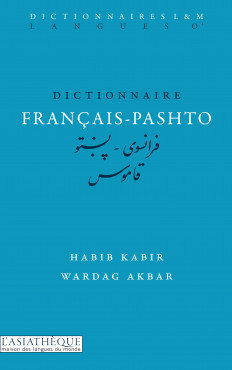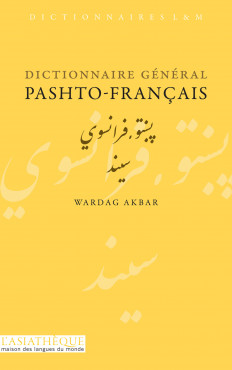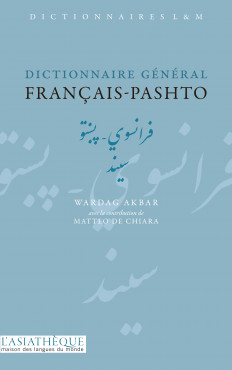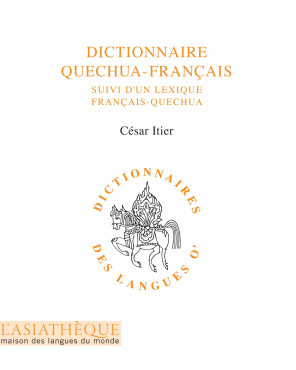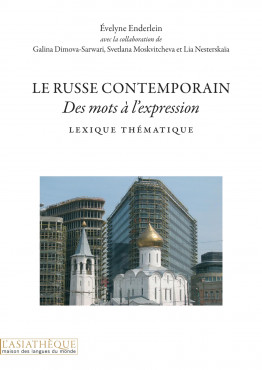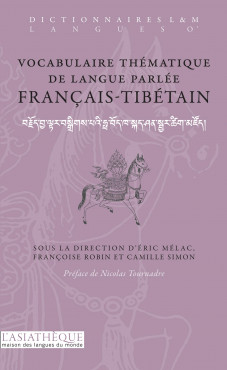Jacques Legrand, ...
A dictionary which pays homage to the Mongolian language and lexicon, with 20,000 main entries, enriched with terms relating to the medical and sanitary field and vocabulary of sciences. The words are written in the two Mongolian scripts: Cyrillic and Uigur.
Monireh Kianvach-Kechavarzi, ...
Images, metaphors and figures to become familiar with the spirit of this language. The book has 2,500 proverbs organized into sixteen chapters, each using some 500 keywords.
Wardag Akbar, ...
Pashto is, together with Persian dialect Dari, one of the two official languages of Afghanistan. It is also spoken in the North West Frontier Province or Khyber Pakhtunkhwa and in Balochistan (Pakistan). The works comprises a corpus of 13,000 entries.
Habib Kabir, ...
Pashto is one of the official languages of Afghanistan. It is also spoken by a large part of the population of two provinces of Pakistan. This dictionary contains nearly 20,000 entries, comprising the most common words and expressions as well as essential grammatical instruction.
Wardag Akbar
More than 41,000 entries with common and proper nouns in the Pashto language, written with their phonetic transcription and translation into French.
Wardag Akbar
Language of the Pashtuns, Pashto is spoken by more than 50 millions of people around the world. The General French- Pashto Dictionary contains more than 41 000 words with their grammatical characteristics and a conjugation table.
César Itier
Language of the Incas, Quechua is still spoken by nearly 10 million people in Peru as well as in Bolivia, Ecuador, Colombia and Argentina. This dictionary presents more than 3,900 entries and sub-entries, and more than 1,000 examples.
Evelyne Enderlein et al.
For learners with Russian language skills, this book is divided into two parts. The first is a lexicon on the media, politics, economics, culture, etc. The second is devoted to phrases and expressions typical of the press speech.
Chokir Moukhtor et al.
A dictionary of the current official language of Tajikistan which, since 1991, has been attempting to eliminate words from Russian. Containing nearly 20,000 entries, it represents a tool for mutual understanding between French and this language, native to a region at the crossroads of Central Asia. Tajik is also spoken in Uzbekistan, northern Afghanistan, Khazakhstan, Iran and China.
Eric Mélac et al.
Designed analogically and including nearly 8,000 entries divided into 33 sections, this guide gives speakers of both languages the opportunity to discuss various topics: international relations, Buddhism, parts of the body, transport, etc.



